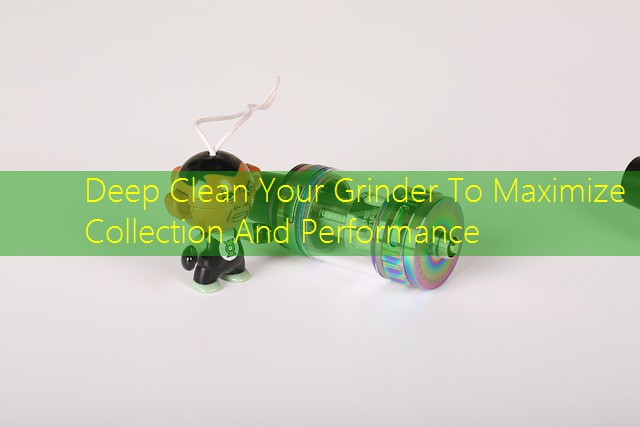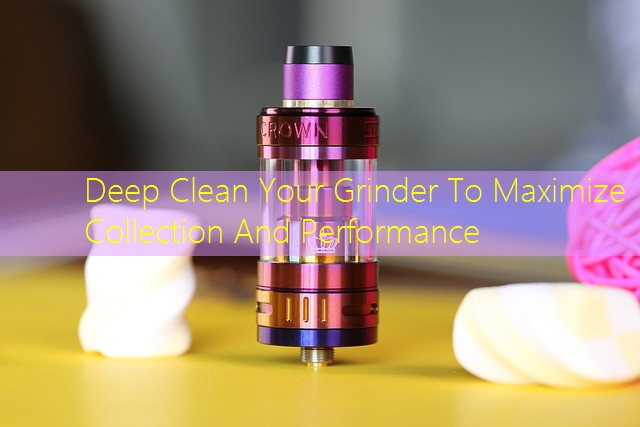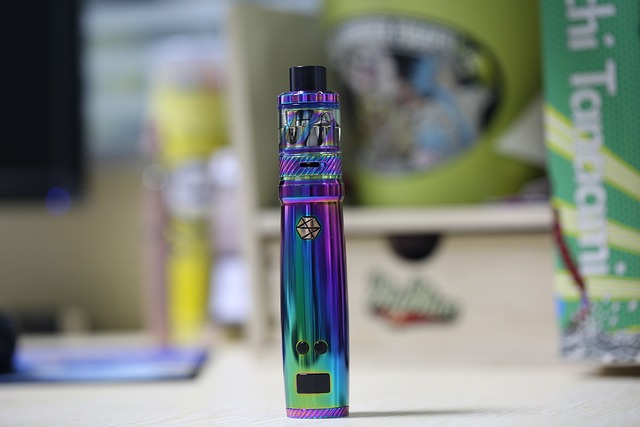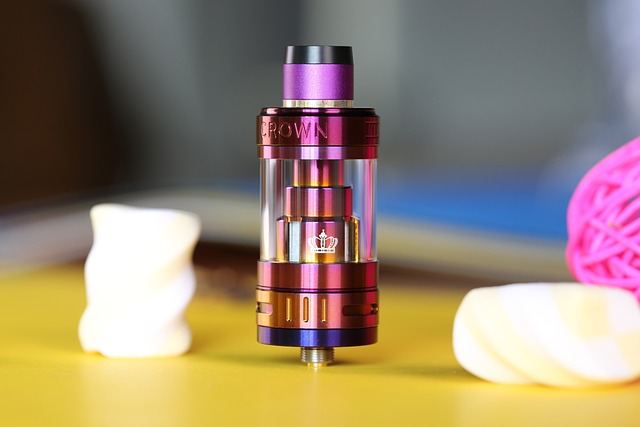Introduction
Grinders play a crucial role in the vaping experience, especially for enthusiasts who value performance and efficiency. The importance of a clean grinder cannot be overstated; not only does it ensure optimal performance, but it can also significantly enhance flavor and potency. In this comprehensive guide, we will explore the intricacies of deep cleaning your grinder, diving into the methods, frequency, and the benefits that come along with a pristine piece of equipment. Understanding the relationship between cleanliness and performance can revolutionize your vaping journey.
Understanding the Grinder
Before delving into the cleaning process, it is essential to understand the different types of grinders available in the market. Most commonly, you will encounter two-piece, four-piece, and electric grinders. Each type has unique features and mechanisms that may require different cleaning approaches.
Why Clean Your Grinder?
As we use our grinders, they accumulate residue, powder, and even moisture, which can diminish their functionality. A dirty grinder can lead to:
- Reduced efficiency in grinding
- Compromised flavor and potency
- Increased wear and tear on the grinder
- Uneven grind, causing inconsistent vaping experiences
Tools and Materials Needed
Cleaning your grinder effectively requires some basic tools and materials. Here’s a list of essential items:
- Isopropyl alcohol (preferably 91% or higher)
- Small brush or toothbrush
- Cotton swabs or pads
- Soapy water
- Paper towels or a clean cloth
- Optional: A sieve or screen to catch fine particles
Steps to Deep Clean Your Grinder
Now, let’s break down the process of deep cleaning your grinder into manageable steps:
1. Disassemble Your Grinder
Begin by carefully separating the different parts of your grinder. If you have a four-piece grinder, detach each compartment, ensuring that you don’t lose any small parts.
2. Remove Residue
Using a small brush or toothbrush, gently scrub the interior of each compartment to remove any leftover herbs or powders. This step is crucial in preparing the surface for a more thorough clean.
3. Soak in Isopropyl Alcohol
Fill a container with isopropyl alcohol and submerge the grinder parts for approximately 30 minutes. For stuck-on grime, consider agitating the parts gently in the solution. After soaking, the alcohol will dissolve much of the residue.
4. Scrub and Rinse
After soaking, use your brush again to scrub any remaining residue. Ensure you clean the threads and crevices thoroughly. Rinse each piece under warm water to remove any residual alcohol.
5. Dry Properly

Use paper towels or a clean cloth to dry the grinder completely. Leave the parts out for a while to air dry fully, as moisture can lead to mold growth.
How Often Should You Clean Your Grinder?
The frequency of cleaning your grinder depends on usage. However, a general rule of thumb is to perform a deep clean every 2-4 weeks for regular users. For occasional users, a monthly clean should suffice. Regular maintenance can help prevent buildup and extend the life of your grinder.
Benefits of a Clean Grinder
Investing time in cleaning your grinder yields several benefits, including:
- Improved Flavor: A clean grinder ensures that no previous residues affect the taste of your material.
- Better Performance: An efficient grinding mechanism produces a finer grind, which enhances the vaping experience.
- Increased Lifespan: Regular maintenance prevents wear and prolongs the durability of the grinder.
Case Study: A Performance Comparison
A comparison study was conducted on two identical grinders, one cleaned regularly and the other neglected:
| Aspect | Regularly Cleaned Grinder | Neglected Grinder |
|---|---|---|
| Grinding Efficiency | 95% | 70% |
| Flavor Experience | Excellent | Subpar |
| Residue Accumulation | Minimal | High |
Frequently Asked Questions
What happens if I don’t clean my grinder regularly?
Neglecting to clean your grinder can lead to residue buildup, which may negatively impact both the flavor and efficiency of the grind. Over time, this can even damage the grinder’s mechanisms, leading to costly replacements.
Can I use other cleaning solutions besides isopropyl alcohol?
While isopropyl alcohol is highly effective due to its evaporative properties, you can use other dishwasher-safe cleaning solutions. However, ensure that any solution you use is safe for use with materials commonly found in grinders.
How can I tell if my grinder is clean enough?
A clean grinder should have minimal residue and no lingering smells. All parts should feel smooth, and the grinding action should be effortless. If you notice any sticky spots or odors, repeat the cleaning process.






